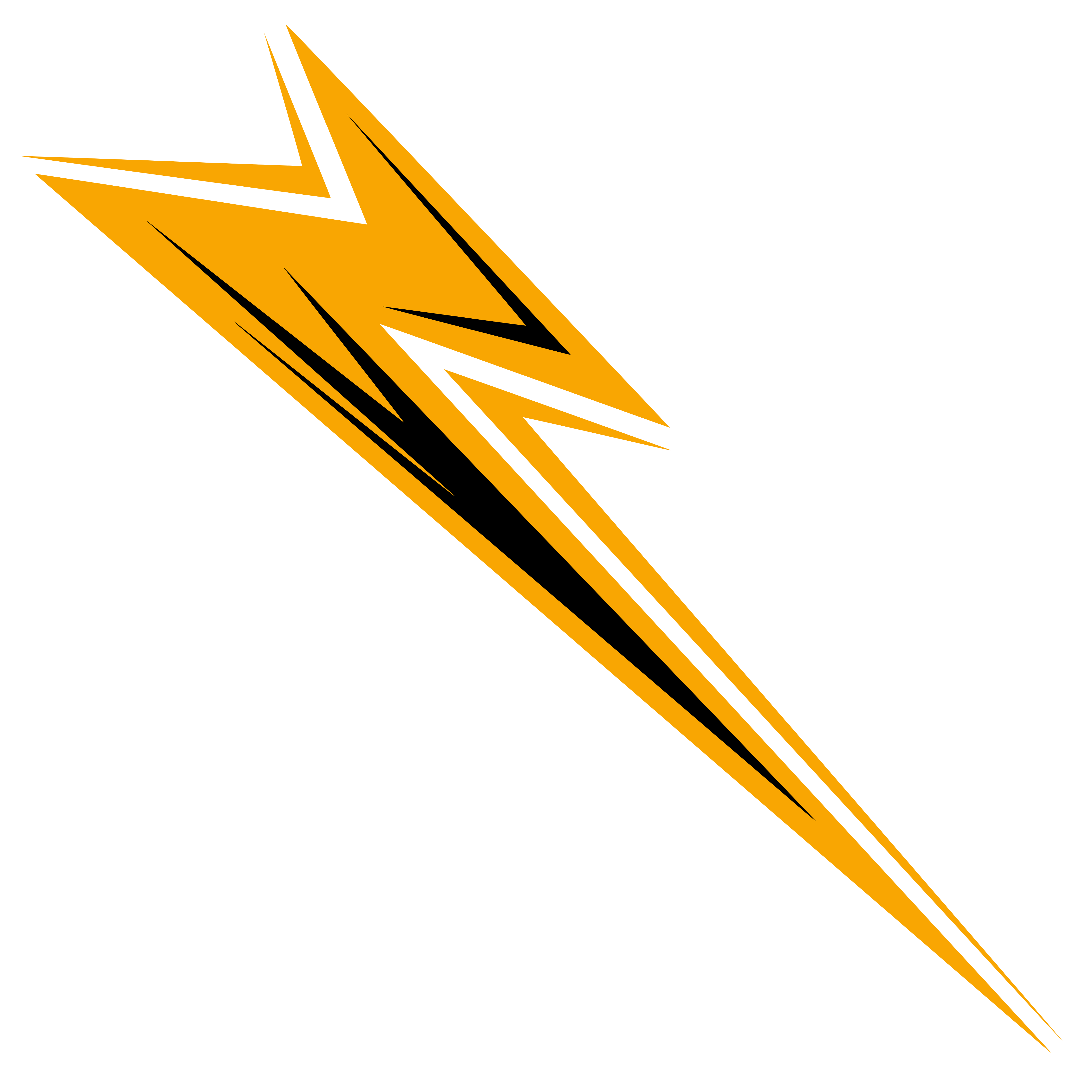The Rising Concern: Youth Sports Injuries in Modern Athletics
Introduction
Youth sports participation has brought an increase in sports-related injuries among young athletes. With more children specializing in single sports at earlier ages and training year-round, medical professionals are seeing an unprecedented rise in serious orthopedic injuries among young athletes. This comprehensive analysis explores the current landscape of youth sports injuries and provides evidence-based solutions for prevention and treatment.

Common Orthopedic Injuries in Youth Sports
ACL Injuries
Anterior Cruciate Ligament (ACL) tears have become increasingly common in youth sports, particularly among female athletes. These injuries often occur during cutting and pivoting movements in sports like soccer, basketball, and volleyball. Recent studies show that female athletes are 4-6 times more likely to experience ACL injuries compared to their male counterparts.
Growth Plate Injuries
Growth plate injuries deserve special attention as they're unique to young athletes. These injuries can affect future growth and development if not properly treated. Common in sports like gymnastics and baseball, growth plate injuries require immediate medical attention and specialized treatment approaches.
Overuse Injuries
- Shoulder injuries in baseball pitchers
- Runner's knee in track and field athletes
- Stress fractures in gymnasts
- Tennis elbow in racquet sport athletes
Prevention Strategies and Best Practices
Evidence-Based Training Techniques
Modern research has identified several effective training methods to reduce injury risk:
- 1. Neuromuscular training programs
- Proper warm-up protocols
- Sport-specific conditioning
- Balance and coordination exercises
The Importance of Rest and Recovery
Rest isn't just about preventing fatigue – it's crucial for:
- Muscle repair and growth
- Mental refreshment
- Injury prevention
- Long-term athletic development
Age-Appropriate Training Guidelines
Different age groups require different approaches:
Ages 6-9
- Focus on fundamental movement skills
- Multiple sport participation
- Emphasis on fun and basic coordination
Ages 10-13
- Introduction to sport-specific skills
- Continued multi-sport participation
- Basic strength training with body weight
Ages 14-18
- Sport specialization (if desired)
- Structured strength and conditioning
- Advanced skill development
Modern Treatment Approaches
Conservative Treatment
- Physical therapy protocols
- Modified activity programs
- Rehabilitation techniques
- Pain management strategies
Surgical Interventions
When necessary, modern surgical techniques offer:
- Minimally invasive options
- Growth plate-sparing procedures
- Faster recovery times
- Better long-term outcomes
Role of Support System
Parents
- Recognize warning signs
- Ensure proper medical care
- Support balanced athletic participation
- Advocate for their athlete's health
Coaches
- Implement proper training techniques
- Monitor training loads
- Maintain open communication
- Prioritize athlete well-being
Healthcare Providers
- Provide comprehensive evaluations
- Develop individualized treatment plans
- Guide return-to-play decisions
- Offer preventive care strategies
Long-term Considerations
Physical Development
- Monitoring growth patterns
- Adjusting training loads
- Protecting joint health
- Supporting proper development
Mental Health
- Managing performance pressure
- Developing healthy competitive attitudes
- Building resilience
- Maintaining sport enjoyment
Conclusion
Protecting young athletes requires a collaborative approach involving parents, coaches, and healthcare providers. By implementing evidence-based prevention strategies, appropriate training techniques, and proper recovery protocols, we can help ensure the long-term health and athletic success of young athletes. The future of youth sports depends on our ability to balance competitive development with proper injury prevention and treatment strategies.